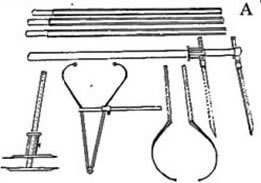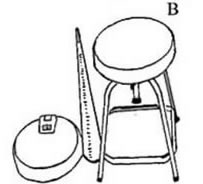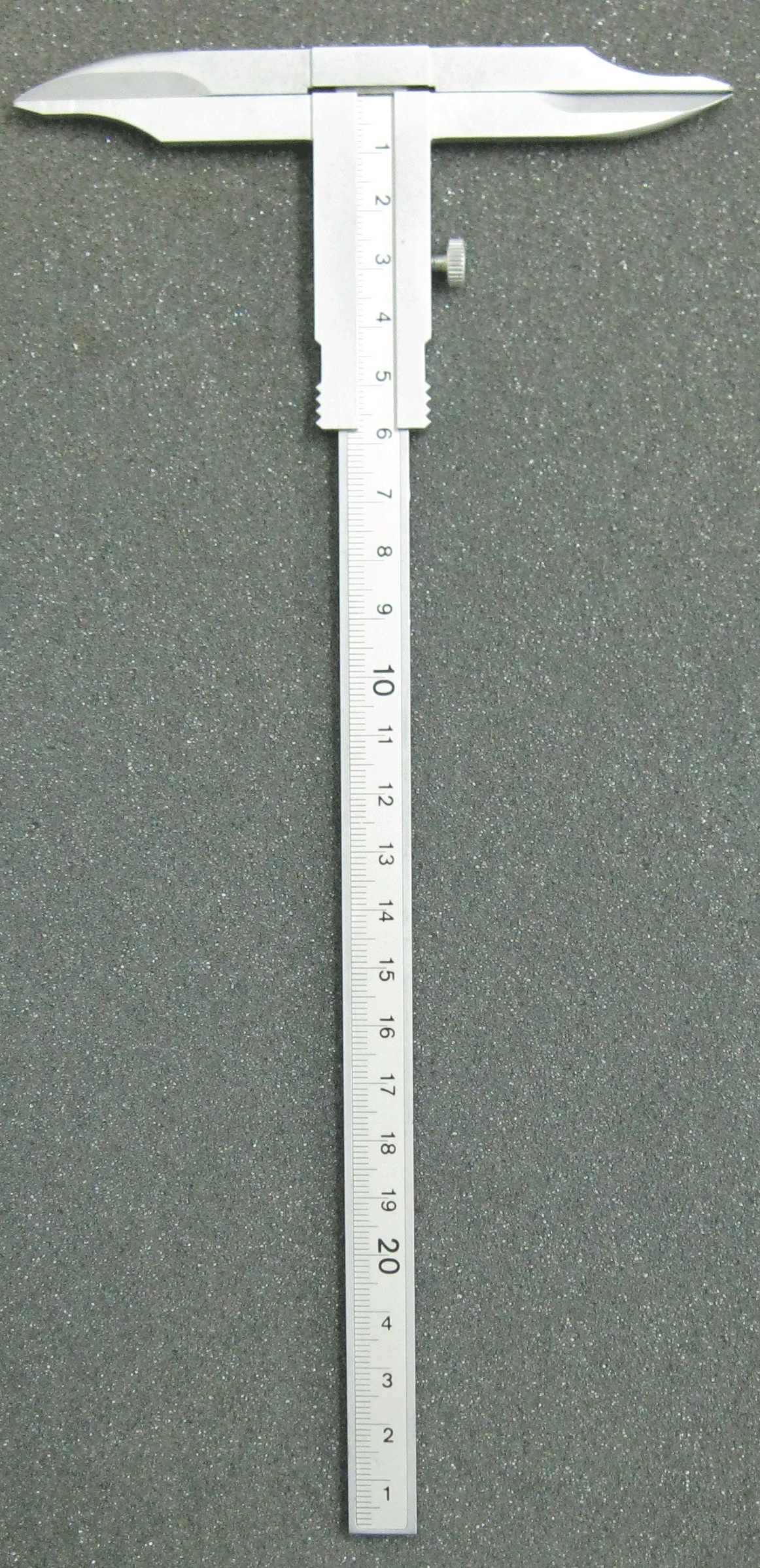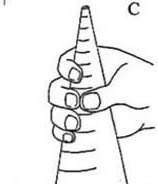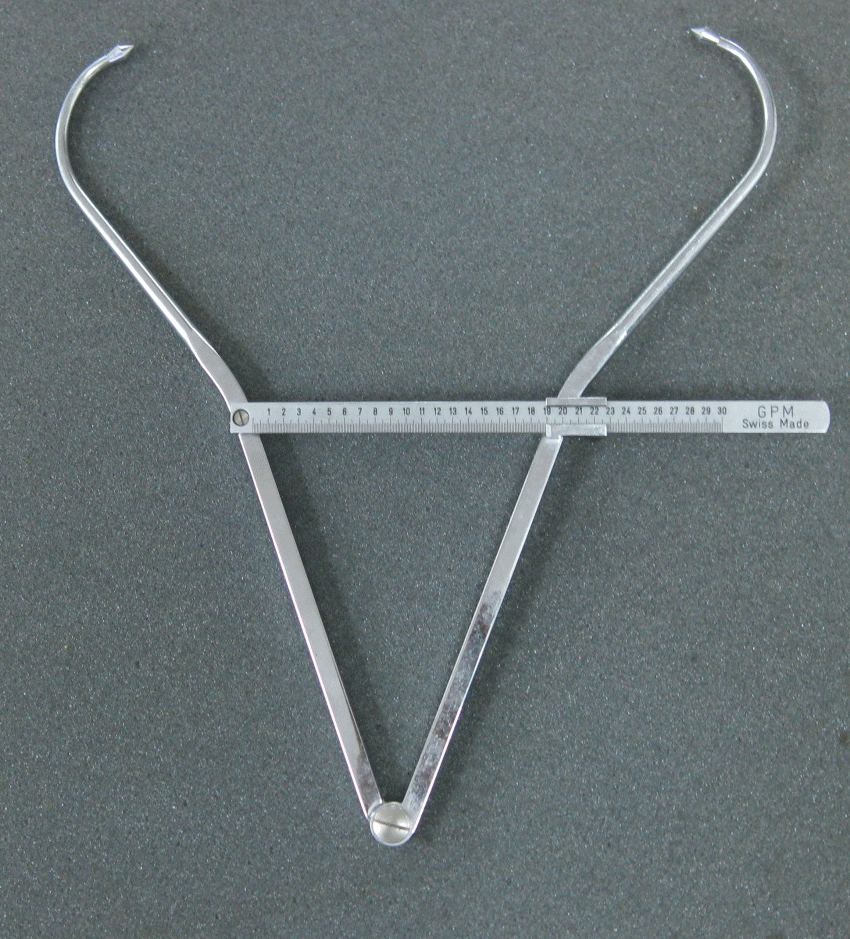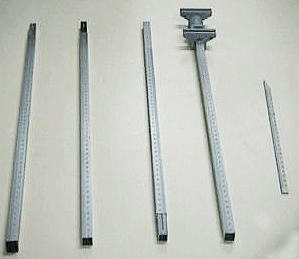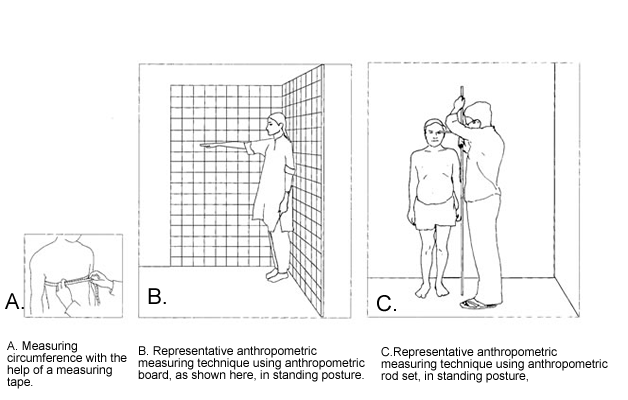Shakshat Virtual Lab 
INDIAN INSTITUTE OF TECHNOLOGY GUWAHATI
Anthropometric Data Survey: Methodology and Statistical Compilation / Significance |
||
|
Content 2.Postural consideration for structural and functional dimensions 3.Procedure: Data collection and treatment 5.Measuring equipments (commonly used) 8.Subject and sample size selection
|
Data collection methodology Practicing designers and others use ready references and thereby arrive at varied human dimensions in design contexts.Sometimes some data might need to be generated for some specific design application and for that the methodology of the general survey and statistical compilation may be of relevance to Postural considerations for structural and functional dimensionsThose physical human body dimensions which have an impact on design dimensions are static when structural, and dynamic when functional. Structural body measurements include direct measurements of various body parts; say heights, lengths, depths, breadths and the circumferences of head, neck, trunk, hands and legs in some standard positions. As standard practice, the collection of body structural data in static body positions is easier than the collection of body functional data in dynamic body positions. |
ergonomic practitioners, researchers and students.
rest flat on the seat surface with a knee angle of 90 degrees. The trunk position should be straight, erect and vertical, perfectly at a comfortable 90 degree angle at the hip, with the neck straight, looking horizontally forward. The arm should be in a normal lateral hanging position with a degree elbow angle, keeping the forearm horizontally forward, with the palm spreading.
|
Procedure : Data collection and treatment |
||
|
Measuring dimensions: Technique The measuring methods as demonstrated in the video and illustrations presented herein may be followed with the relevant experimental set up using |
(B) anthropometric board and other relevant devices specifically developed for suitability to measure respective measurements.
|
|
|
Anthropometric rod |
Both direct and indirect measuring procedures are followed to collect anthropometric data from selected subjects in a particular population.
Direct methods
|
Direct and indirect body measuring procedures may be considered separately or taken both simultaneously, depending on the context of the dimensional requirement and the suitability of the study.
C. Measuring the grip diameter with a specially marked conical device.
Chest caliper
|
|
|
||
Indirect methods |
||
|
Indirect measurements may be taken through photographic methods, using still photography and filming the whole body and/or parts from different angles against a marked grid background, or superimposition of a grid on the photographed human body. To guard against parallax errors - problems where the actual dimensions may change - much care must be taken or dynamic measurements, subjects are asked to |
perform for the intended tasks in actual and/or simulate situations and the relevant measurements are taken. Subjects may leave some marks denoting the limits to which they can stretch their limbs in a comfortable position. Different types of grids are also used to measure these marks. Recent development in this field is using whole body scanner that gives digital dimensions.
|
|
Accuracy of the measurements |
||
|
For cyclic dimensional changes as in the chest, the inflated circumferences must be considered if the aim of the design is to make a rigid armor type of equipment covering the body. Depending on the design when the total surface circumference is required, the tape should be held loosely. Tightly pulled tape may be used only to avoid excess flabbiness of skin folds etc. If there is no specific purpose, the average measurements of both loose and tight tapes would be appropriate. |
intended landmarks on the body or the reach limits should be decided upon and standardized, and all the researches of a study/survey team should follow the same methods.
|
|
Subject and sample size selection |
||
|
The larger the random sample sizes of the survey, the greater the accuracy and reliability. Normally, the users of anthropometric data, use ready reference sources. But if some typical data not readily available, then small survey on the |
population of intended users may be conducted For that, samples of roughly 20% large sized, 20% small sized people and 60% at random may be collected from the study group, in order to avoid missing the data covering the extreme ends - lower and higher sides of the range.
|
|


